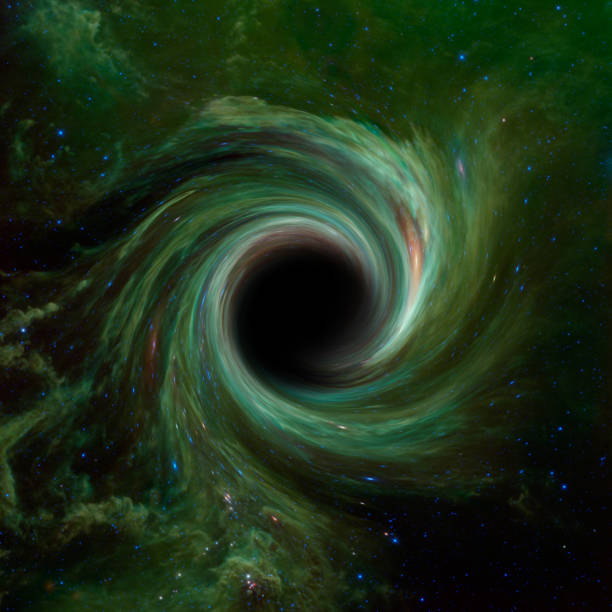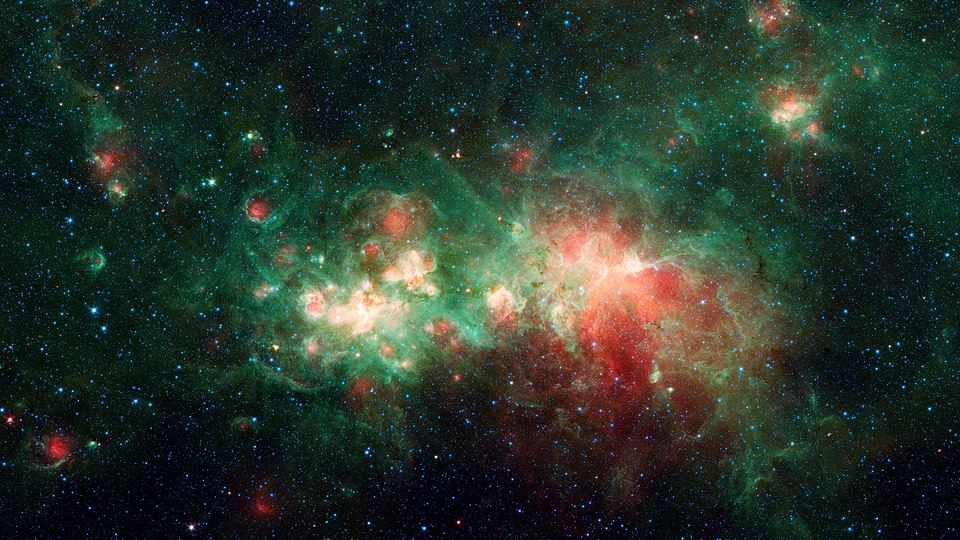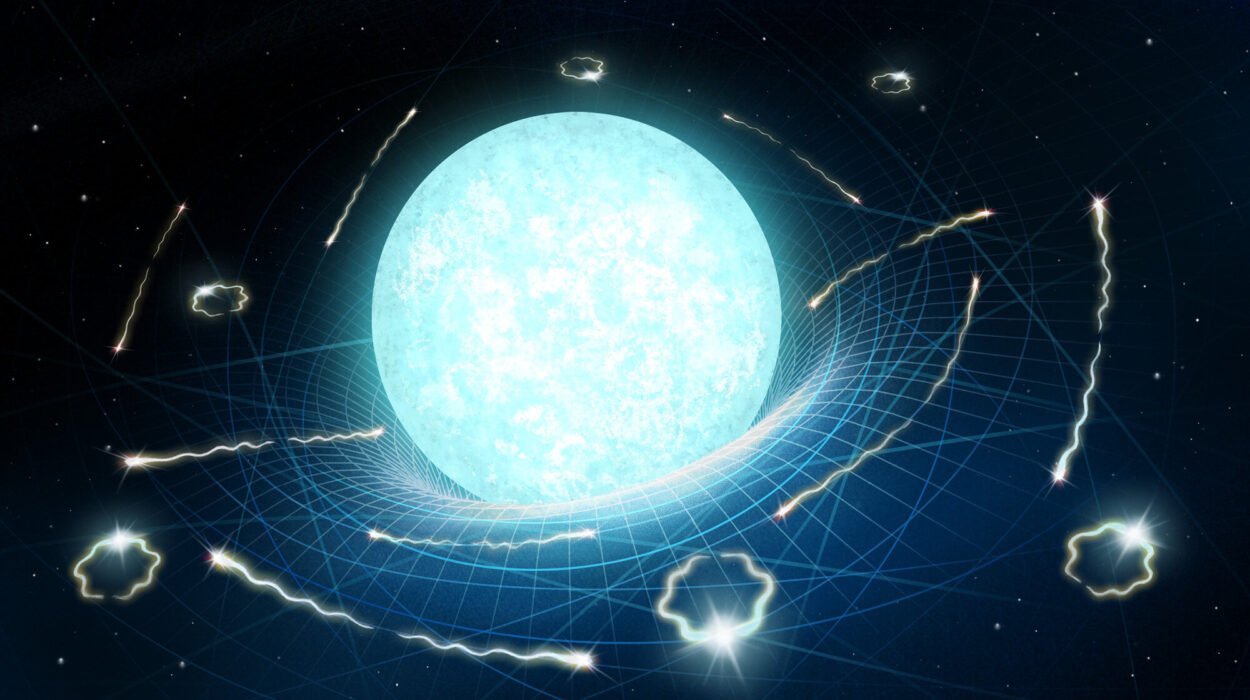Black holes have long been the subject of awe and mystery, captivating scientists and stargazers alike. These regions of spacetime are so densely packed that their gravity is strong enough to swallow everything in their vicinity, including light itself. Despite their name, black holes do not remain completely hidden from the universe. In fact, they reveal themselves in the most extraordinary way: through the ripples they create in spacetime—known as gravitational waves.
Gravitational waves are the cosmic whispers of cataclysmic events, stretching and squeezing the very fabric of space and time. The most dramatic events that give rise to these waves are black hole mergers—when two black holes spiral into each other and finally collide, sending shockwaves across the universe. These signals are not just spectacular; they offer a powerful way to probe the fundamental nature of the universe, testing the very foundations of Einstein’s general theory of relativity.
While the initial waves from these mergers are well-documented, there has been a lingering question: what happens after the initial crash? Could there be a hidden, more subtle signal that remains long after the fireworks of the collision have faded?
Recent breakthroughs by researchers at institutions like the Niels Bohr Institute and the University of Lisbon have uncovered an unexpected and remarkable answer. Their simulations suggest that after a black hole merger, the universe might continue to echo, with faint signals known as late-time gravitational-wave tails, offering a tantalizing new window into the physics of black holes.
The Birth of Gravitational-Wave Tails
When two black holes collide, they create a burst of gravitational waves that radiate outwards, much like the ripples on a pond after a stone is thrown. This initial burst is called the ringdown, and it has been a key signal observed by gravitational-wave detectors like LIGO and Virgo. The ringdown is essentially the moment when the newly formed black hole settles into its final state, emitting discrete vibrational frequencies as it relaxes back into equilibrium.
But, as researchers like Marina De Amicis and her colleagues point out, the ringdown isn’t the whole story. Once the ringdown fades away, spacetime doesn’t snap back to its original state immediately. Instead, it takes its time, slowly unwinding, and in doing so, it emits a final, faint “whimper”—a gravitational-wave tail. These tails are the lingering aftershocks of a black hole merger, a subtle distortion in the fabric of space and time that could hold vital clues about the universe’s most mysterious objects.
Understanding the Challenge of Simulating Black Hole Mergers
While the concept of gravitational-wave tails has been theorized for some time, confirming their existence through simulations has been an enormous challenge. Black hole mergers are already extremely difficult to model due to their complexity and the extreme conditions involved. The tail signals, which are weak and subtle, are even harder to capture, as they tend to emerge only after the primary signals have diminished, and they are often buried under numerical noise in the simulations.
Previous work had shown that gravitational-wave tails could emerge in simpler scenarios, such as when small objects fall into black holes. But these simpler models didn’t capture the full richness of reality. What De Amicis and her team did differently was to push the limits of numerical relativity—a method of simulating Einstein’s equations of general relativity. By doing so, they were able to simulate black hole mergers in greater detail and complexity than ever before, capturing the faint and elusive signals of late-time tails.
The researchers faced two significant hurdles in their simulations. First, gravitational-wave tails are weak, often appearing only when the more dominant signals of the merger have already dissipated. To overcome this, the team focused on particularly extreme merger scenarios—head-on collisions between two black holes—where the tail signals are more easily amplified.
The second challenge was that numerical simulations, by their very nature, cannot simulate the entire universe. They are limited to finite volumes of space, cutting off much of the signal that would normally emerge from far beyond the immediate region of the black holes. To deal with this, De Amicis and her colleagues expanded the spatial range of their simulations, ensuring that the late-time tails could be captured before they faded away into the void of the simulated universe.
Unveiling New Insights into Gravitational Waves
The team’s success in simulating late-time gravitational-wave tails opens up new avenues for exploring the non-linear nature of gravity. Nonlinearity, in this context, refers to the way in which gravity interacts with itself. Unlike other forces like electromagnetism, gravity is a weak force, and probing its non-linear behavior is notoriously difficult. However, De Amicis’ simulations suggest that the late-time tails provide a unique way to study this aspect of gravity, which had previously been thought to dissipate quickly after the initial merger.
Even more intriguing, the simulations imply that these tails could carry vital imprints of the large-scale structure of the universe—offering us a glimpse into the very nature of spacetime and how it behaves in the presence of such extreme objects as black holes. These tails could hold the key to a deeper understanding of gravity itself, helping to unlock the mysteries of how the universe operates on both the smallest and largest scales.
One of the most exciting aspects of these findings is that they could lead to new observational targets for gravitational-wave observatories. With the next generation of detectors, scientists may be able to measure these faint tail signals, offering new ways to test general relativity, refine our understanding of black holes, and potentially uncover new aspects of the universe.
The Promise of Future Experiments
The recent discoveries by De Amicis and her team are more than just an academic achievement—they open the door to a future where gravitational-wave astronomy could uncover new and unexpected phenomena. The nonlinear content of the late-time gravitational-wave tails could be searched for long after the black hole merger itself, offering an entirely new time window for scientists to explore.
In the coming years, researchers will be keen to test the predictions made in these simulations using advanced gravitational-wave observatories, such as LIGO, Virgo, and the future LISA mission. These facilities will allow scientists to capture and analyze these late-time signals with unprecedented precision, possibly revealing new details about the nature of black holes, the behavior of gravity at extreme scales, and even the structure of spacetime itself.
Ultimately, the study of gravitational-wave tails offers a new and exciting frontier in astrophysics. It brings us closer to understanding not only the most mysterious objects in the universe but also the very nature of reality itself. As we continue to peer into the depths of black holes and listen to the faint echoes of their collisions, we are reminded that the universe still holds many secrets—and we are just beginning to learn how to listen to its whispers.
More information: Marina De Amicis et al, Late-Time Tails in Nonlinear Evolutions of Merging Black Holes, Physical Review Letters (2025). DOI: 10.1103/2brx-xnyr.






